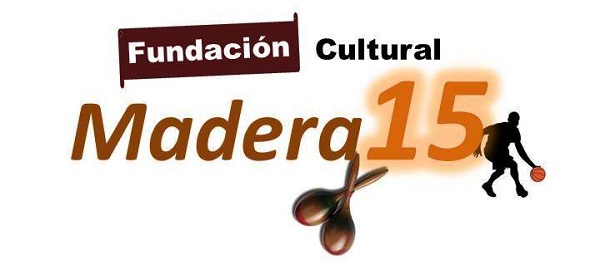 International Salsa Magazine, always pioneer in offering new opportunities for the union of Latin Music through technological empowerment, offers the most important and innovative application for Smartphone will enter our ranks, Salsa Google, in alliance with the most successful Search Company and chosen by Internet users, Google.
International Salsa Magazine, always pioneer in offering new opportunities for the union of Latin Music through technological empowerment, offers the most important and innovative application for Smartphone will enter our ranks, Salsa Google, in alliance with the most successful Search Company and chosen by Internet users, Google.
This APP that you can download globally, securely and immediately on your Android or iOS mobile device, will definitely change the way you are aware of all the Salsero International.
Events of your Community, Nation, State, Country and the entire Hemisphere, gathered in one place and tip of of your fingers.
ISN’T IT TIME TO BE THE LEADER OF YOUR OWN PROMOTION THROUGH AN ACCESSIBLE GLOBAL TOOL?
SalsaApp is the only app made for smart phones with the highest standards of quality and technological development of the current era that will allow you to consolidate your leadership, promotion and insurmountable scope, only provided by the main publisher, International Salsa Magazine, leader of communication and information of the Salsa Community of the five continents: America, Europe, Africa, Asia and Oceania.![]() ISM proposes to change the perception of the search for information about your Latin nights with the Events, Artists, Festivals, Concerts, DJ’s and Clubs updated daily, which gives it an avant-garde and distinctive versatility in the style of communication and collaboration between different generations that contributes a evolution to the Latin culture.
ISM proposes to change the perception of the search for information about your Latin nights with the Events, Artists, Festivals, Concerts, DJ’s and Clubs updated daily, which gives it an avant-garde and distinctive versatility in the style of communication and collaboration between different generations that contributes a evolution to the Latin culture.












